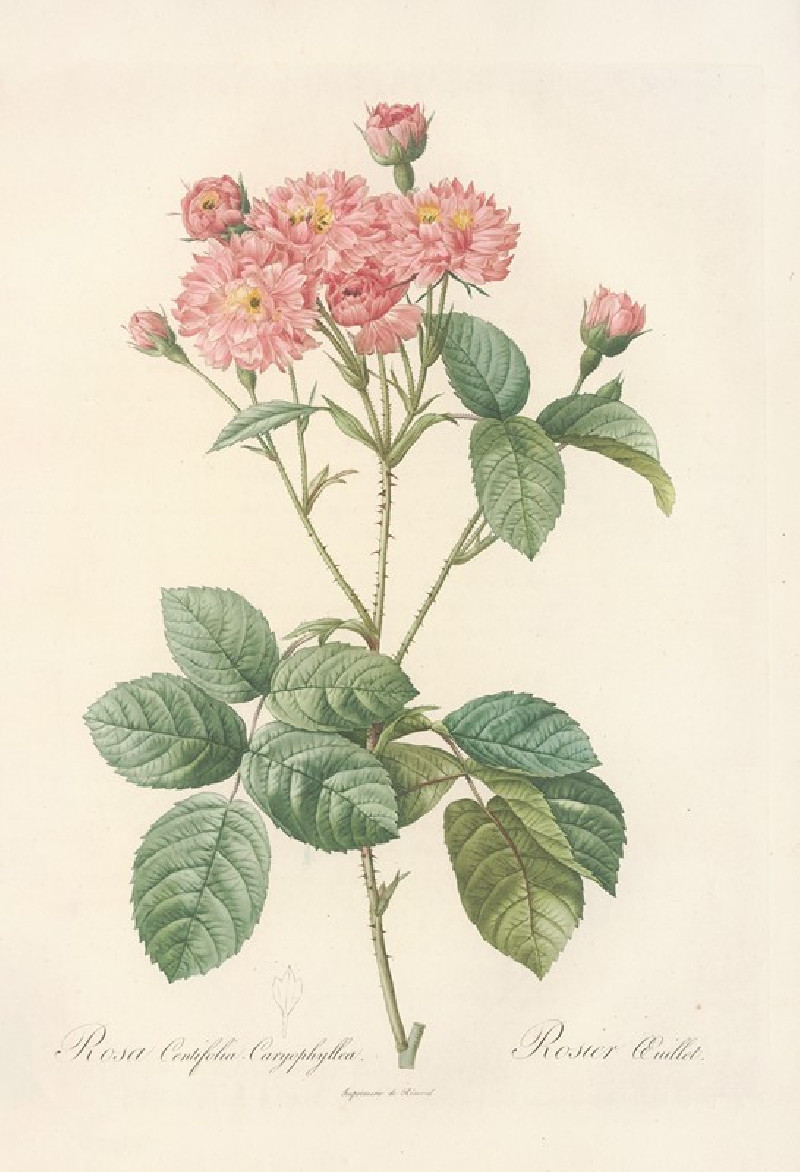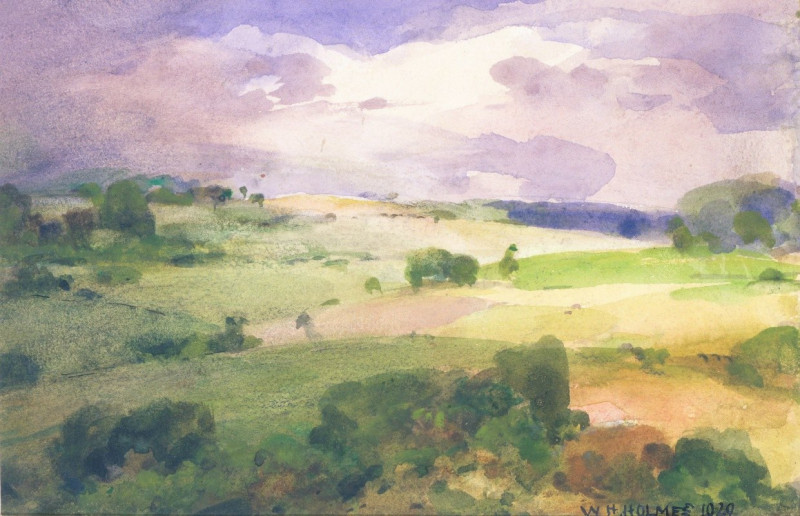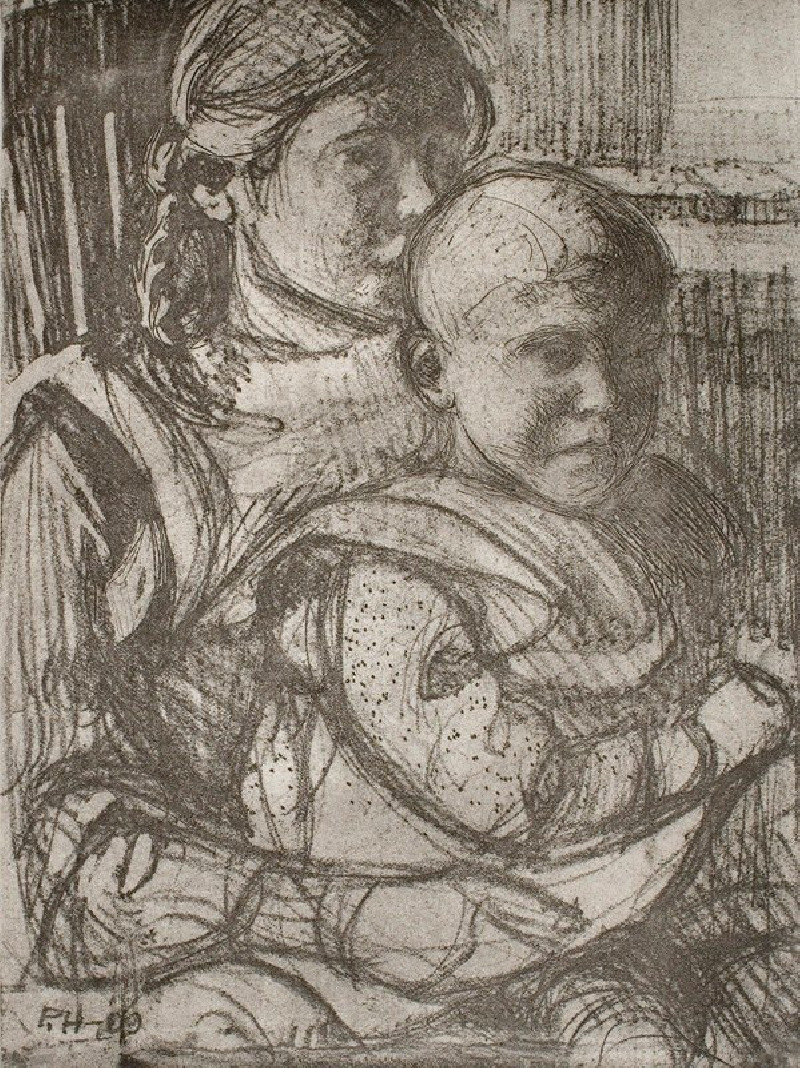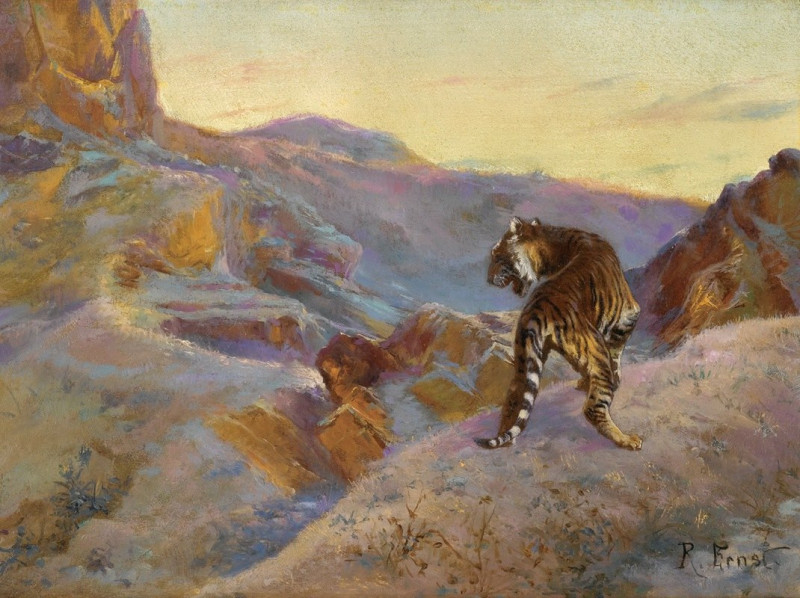The Angel Appearing to the Shepherds (1634)
Technique: Giclée quality print
Recommended by our customers
More about this artwork
"The Angel Appearing to the Shepherds" (1634) by Rembrandt van Rijn is a masterpiece in the art of etching and printmaking that vividly captures a biblical revelation with dramatic intensity. This evocative work depicts the moment from the New Testament when an angel descends to announce the birth of Jesus Christ to the shepherds in the field.The composition is divided dramatically by light and darkness, highlighting Rembrandt's skillful use of chiaroscuro to enhance the storytelling. A radiant burst of light from the upper left corner illuminates the scene, revealing a host of angels swirling in the celestial glow. This divine light flows downwards, focusing on the central figure of an angel who, with arms open wide, seems to float gently towards the earth. The angel's ethereal presence is markedly contrasted against the nocturnal, rugged landscape below.On the ground, the shepherds react variously to the supernatural vision: some shield their eyes, overwhelmed by the brilliance, while others gaze in awe or discuss the event among themselves. Their scattered flock, caught in the disturbance, adds to the sense of sudden interruption and awe of the divine encounter.Rembrandt’s technique is evident in the meticulous details of the figures and the textured landscape, with each etched line contributing to the overall atmosphere of wonder and reverence.
Delivery
Returns
Rembrandt Harmenszoon van Rijn was a Dutch draughtsman, painter, and printmaker. An innovative and prolific master in three media, he is generally considered one of the greatest visual artists in the history of art and the most important in Dutch art history. Unlike most Dutch masters of the 17th century, Rembrandt's works depict a wide range of style and subject matter, from portraits and self-portraits to landscapes, genre scenes, allegorical and historical scenes, and biblical and mythological themes as well as animal studies.

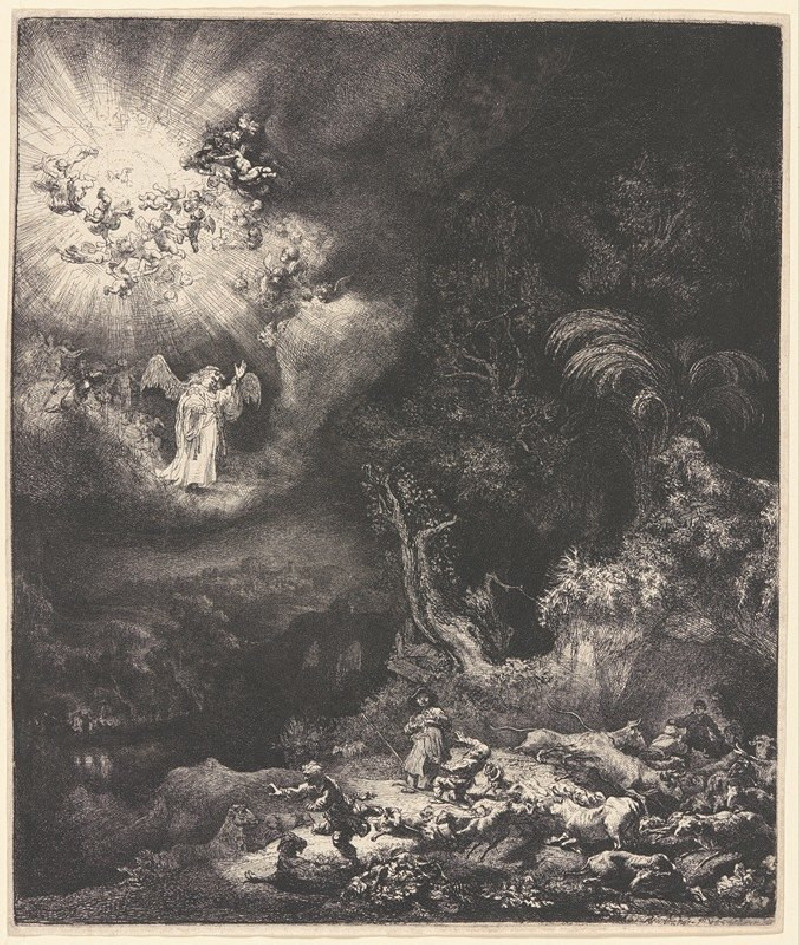
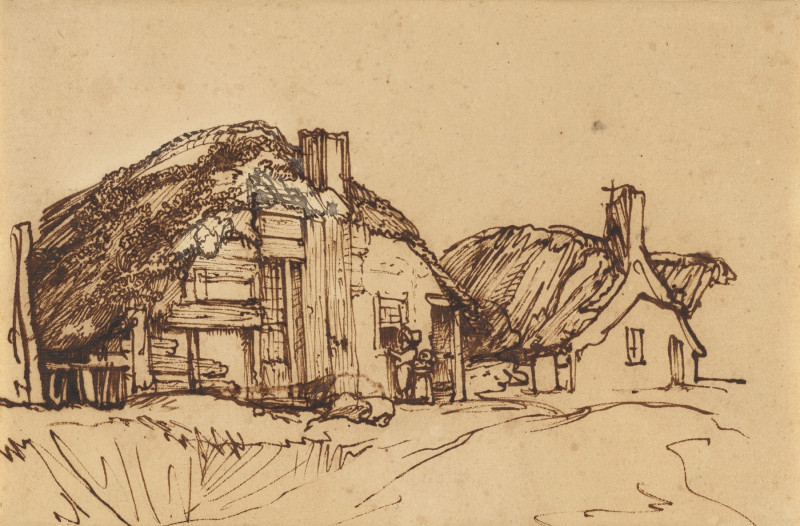
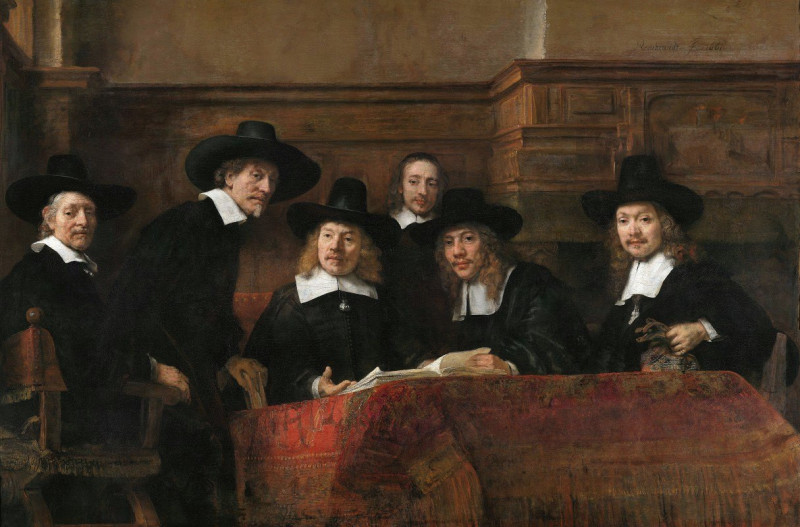
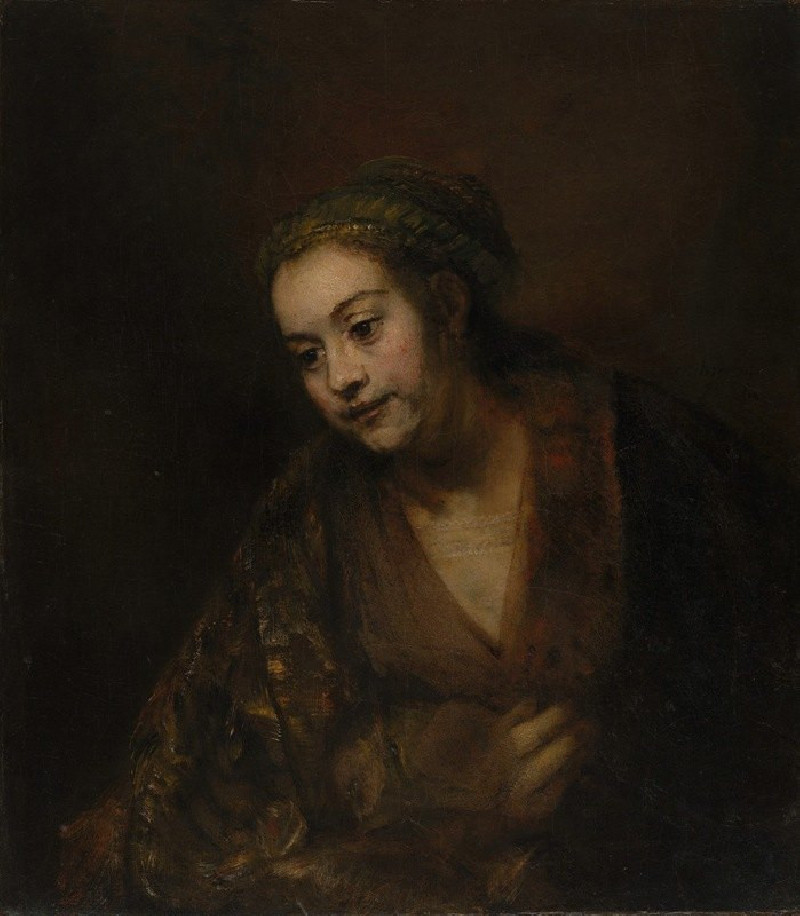

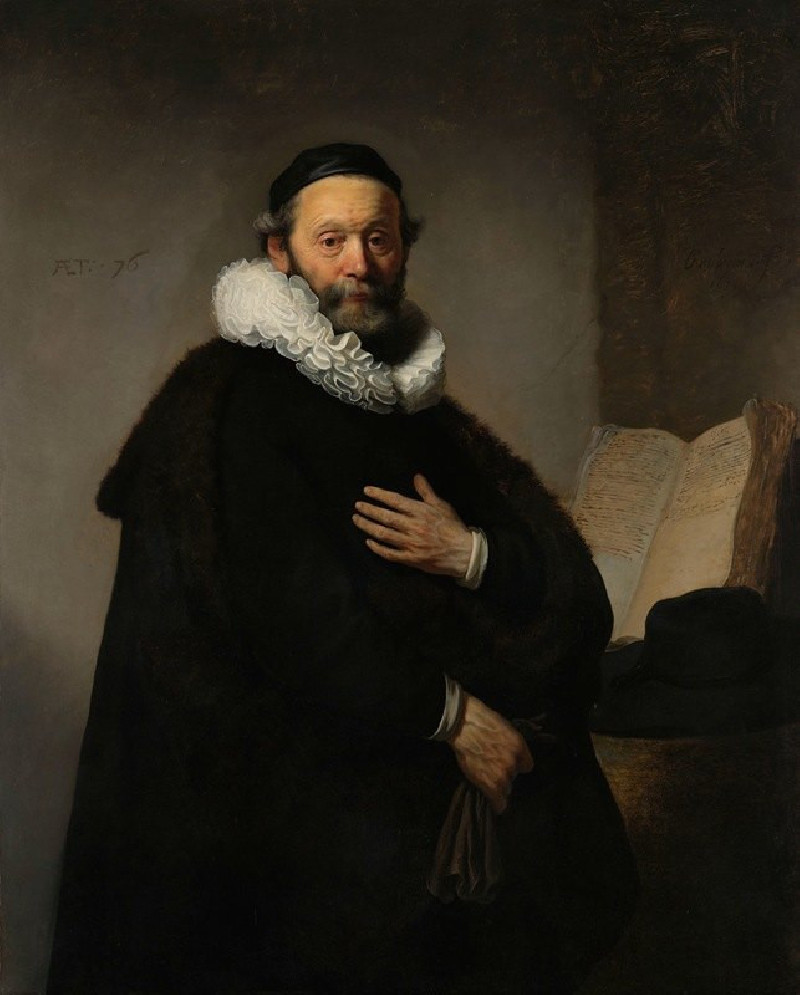
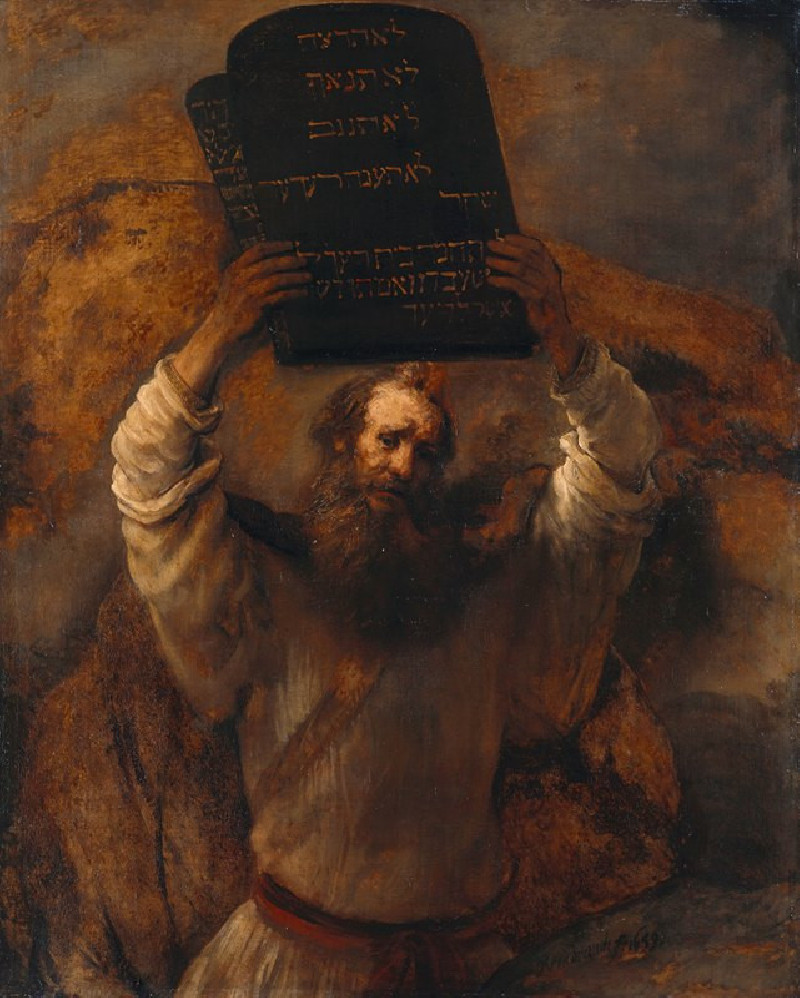

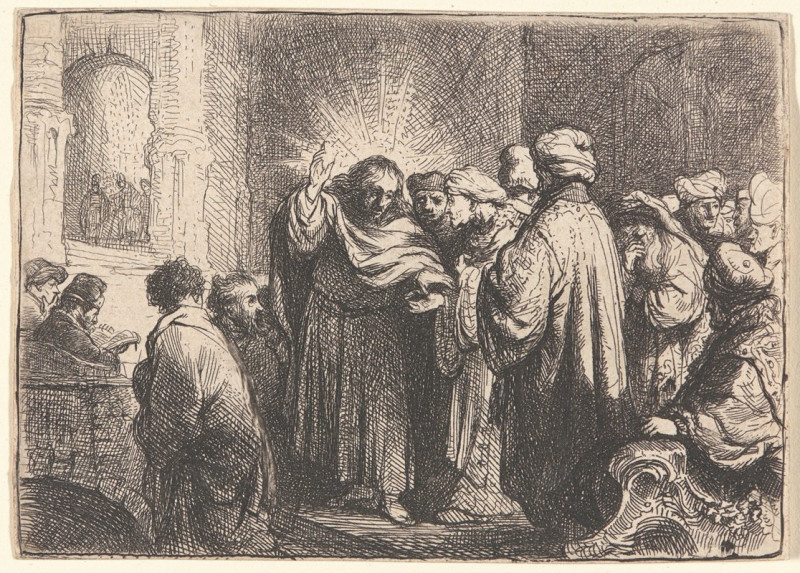

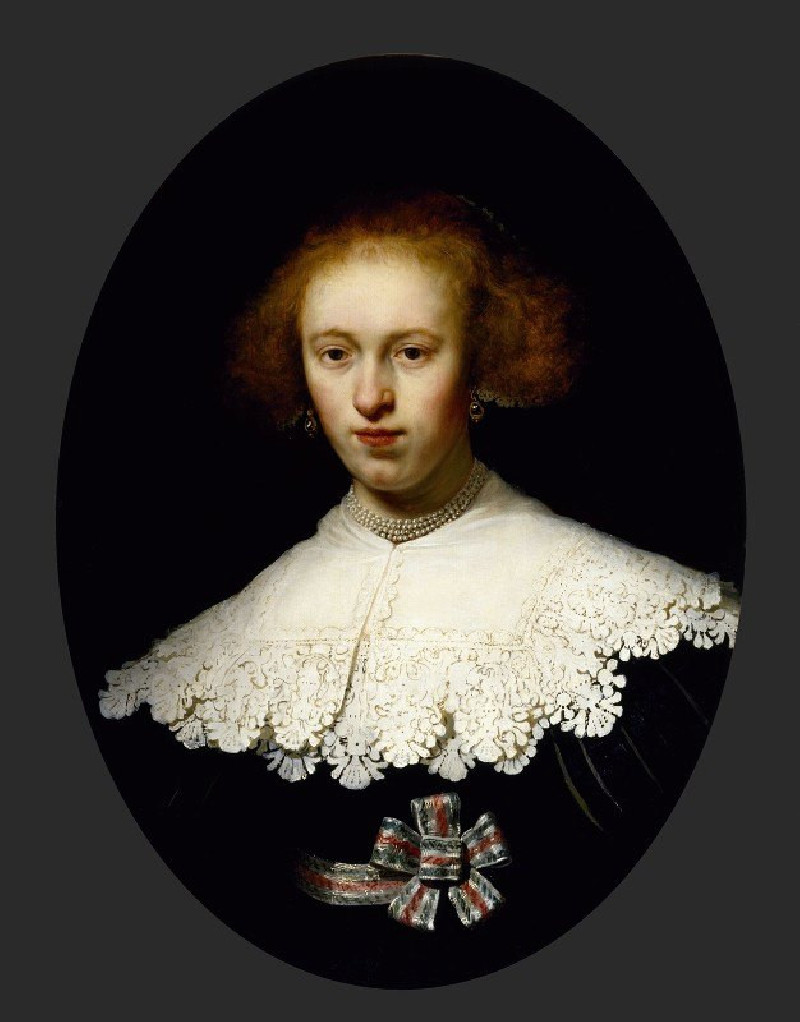
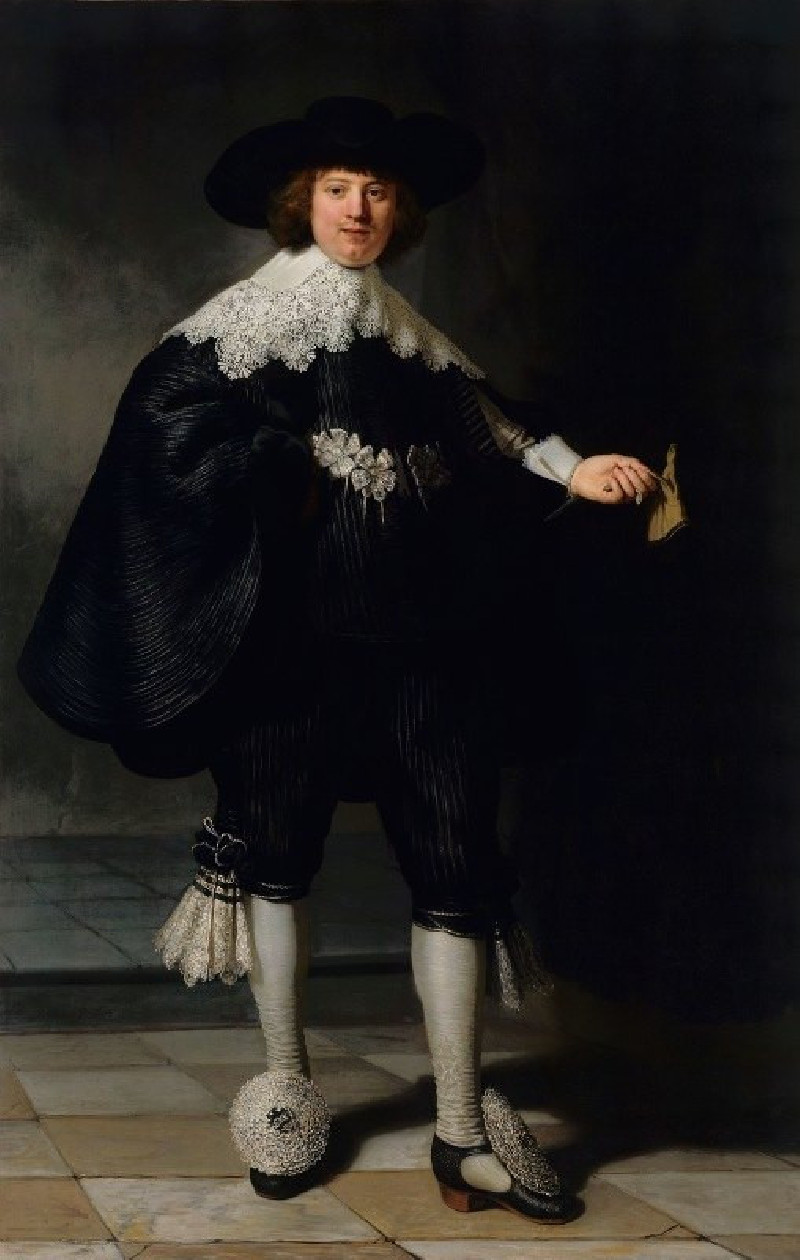
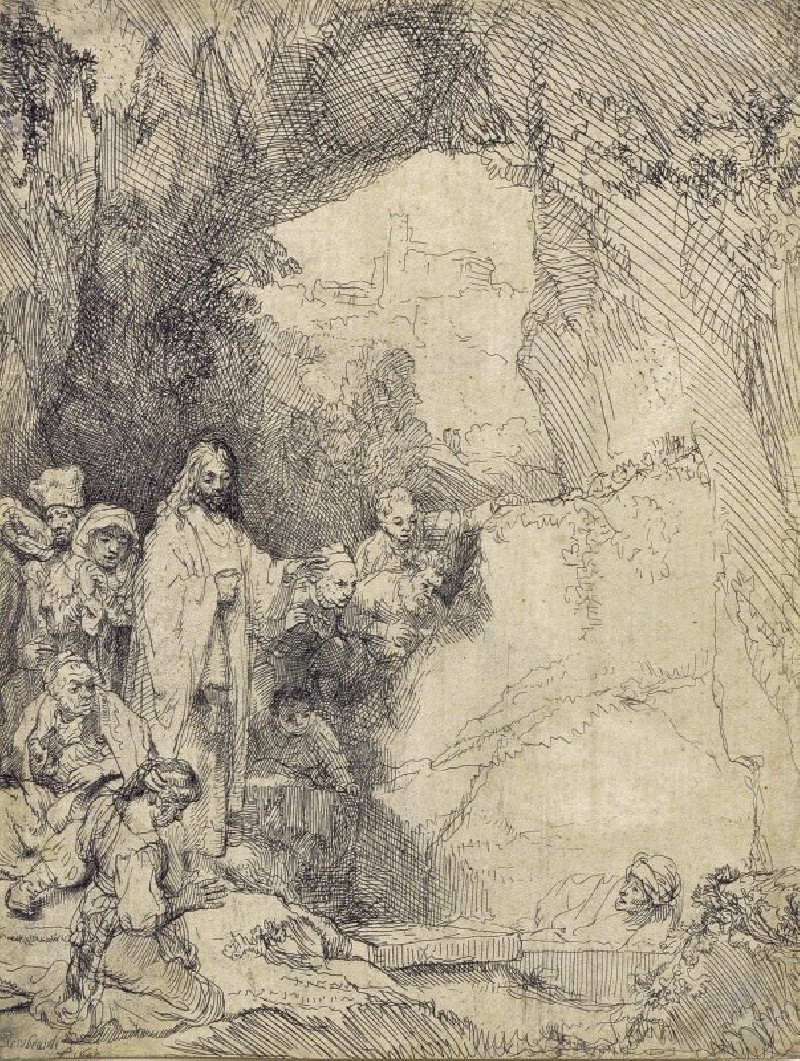
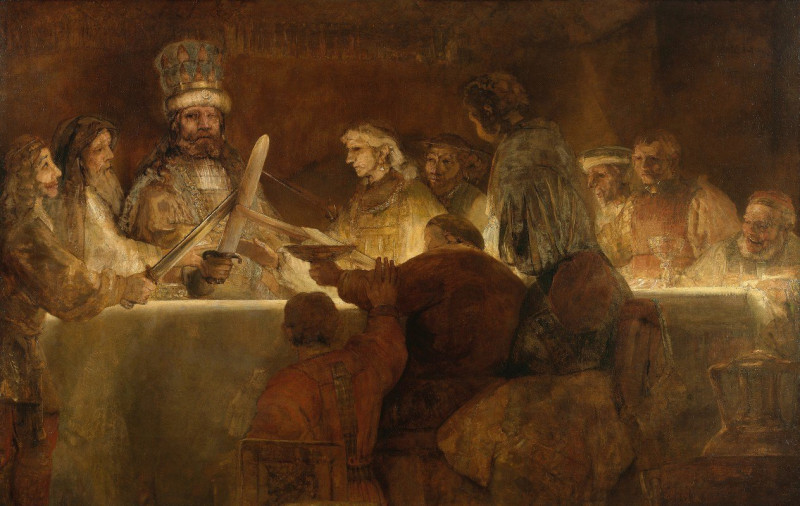
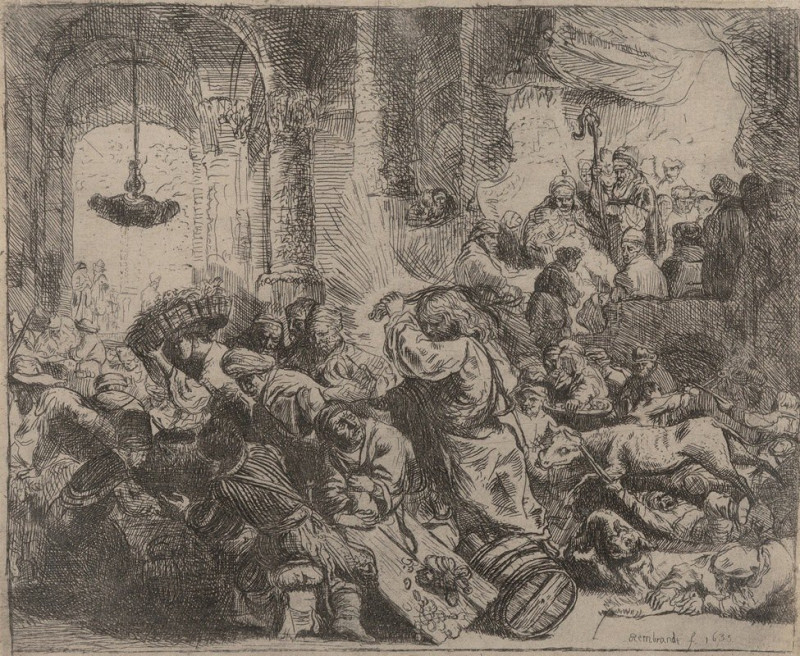
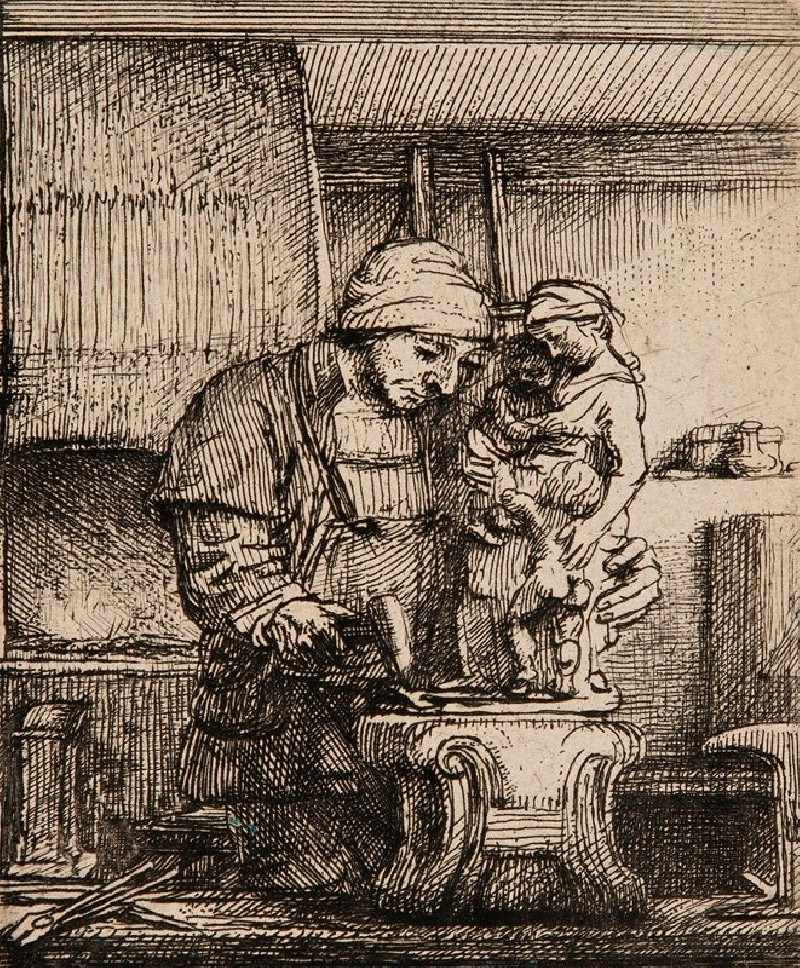
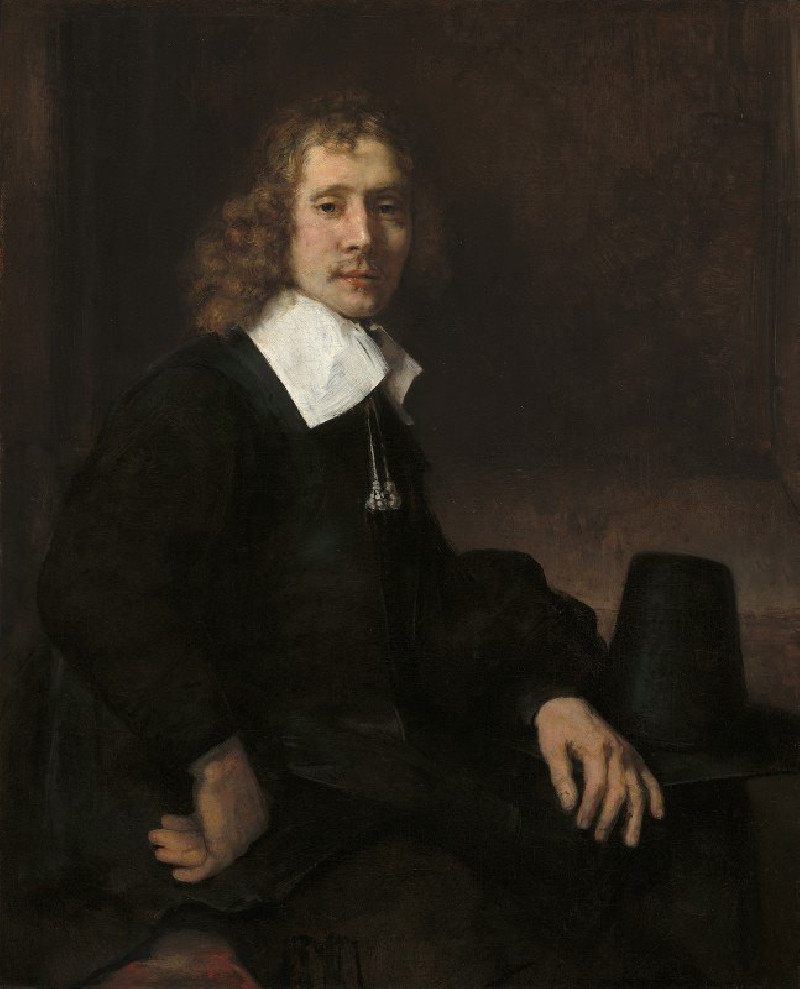
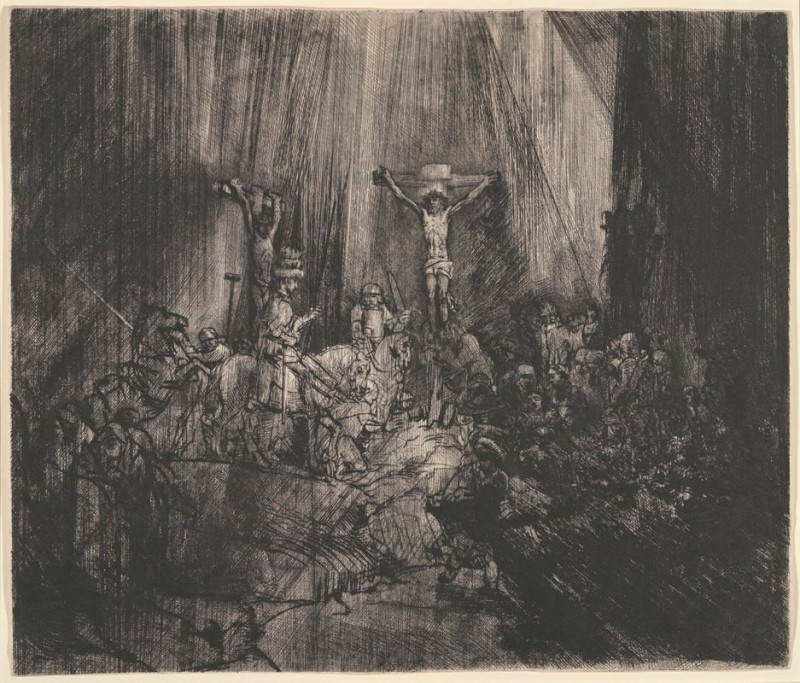
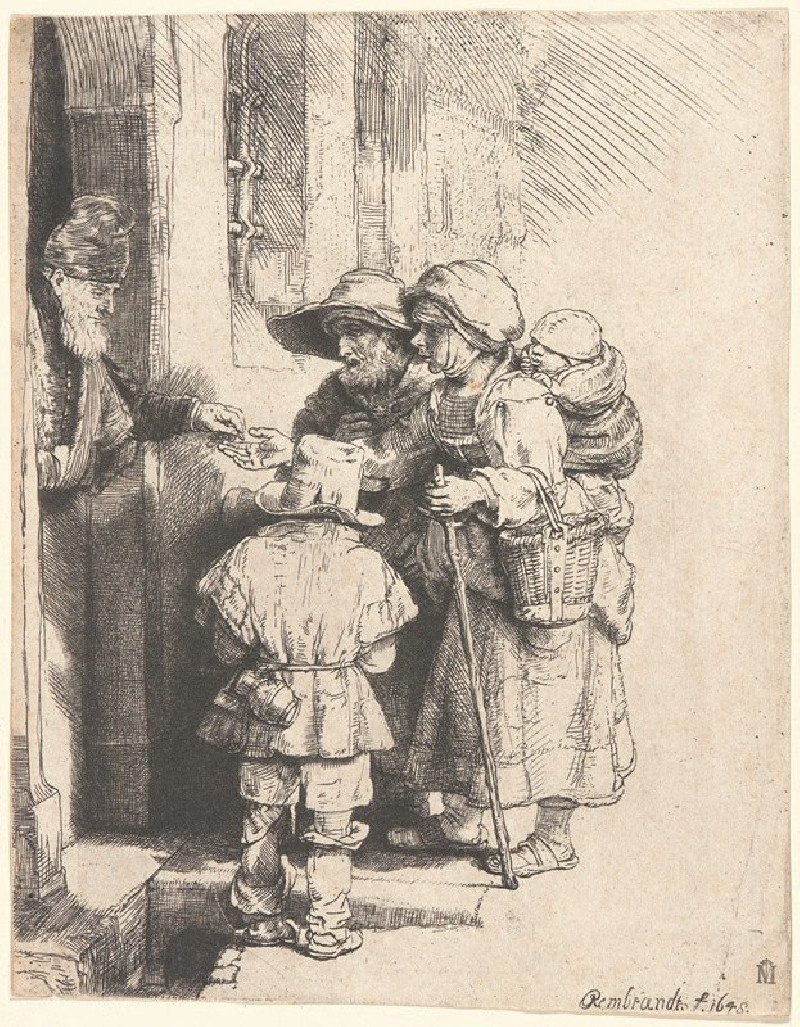
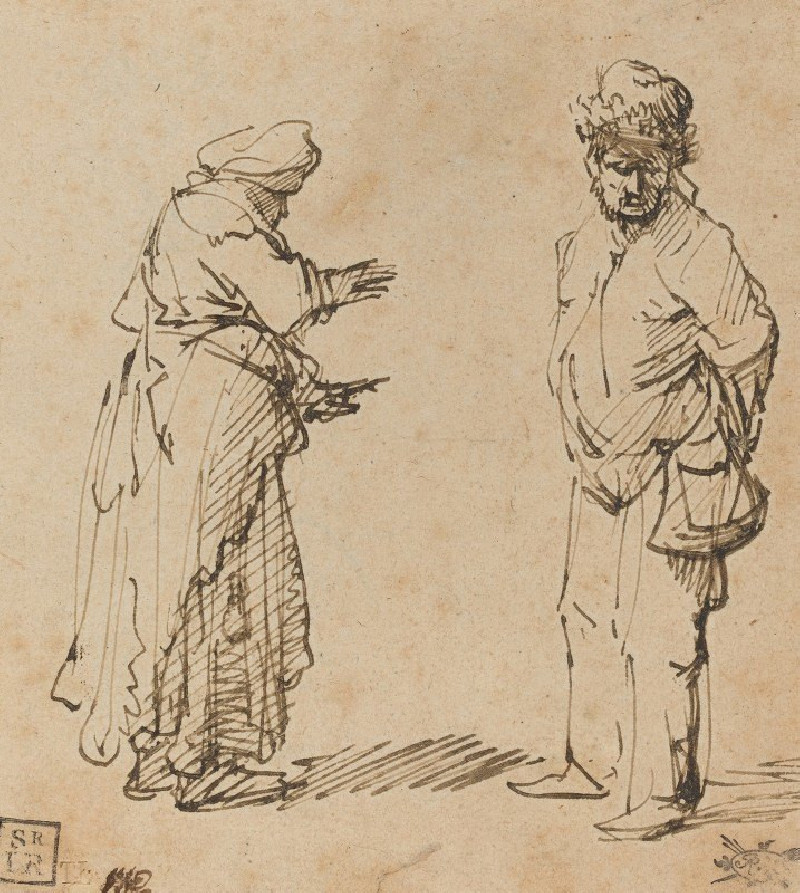
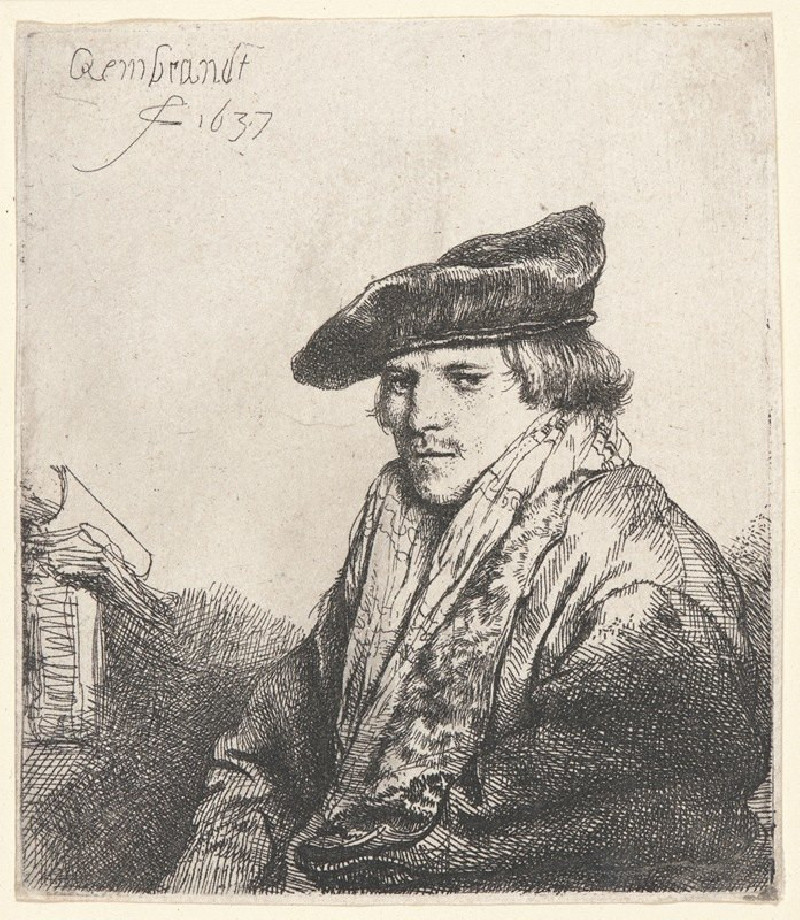
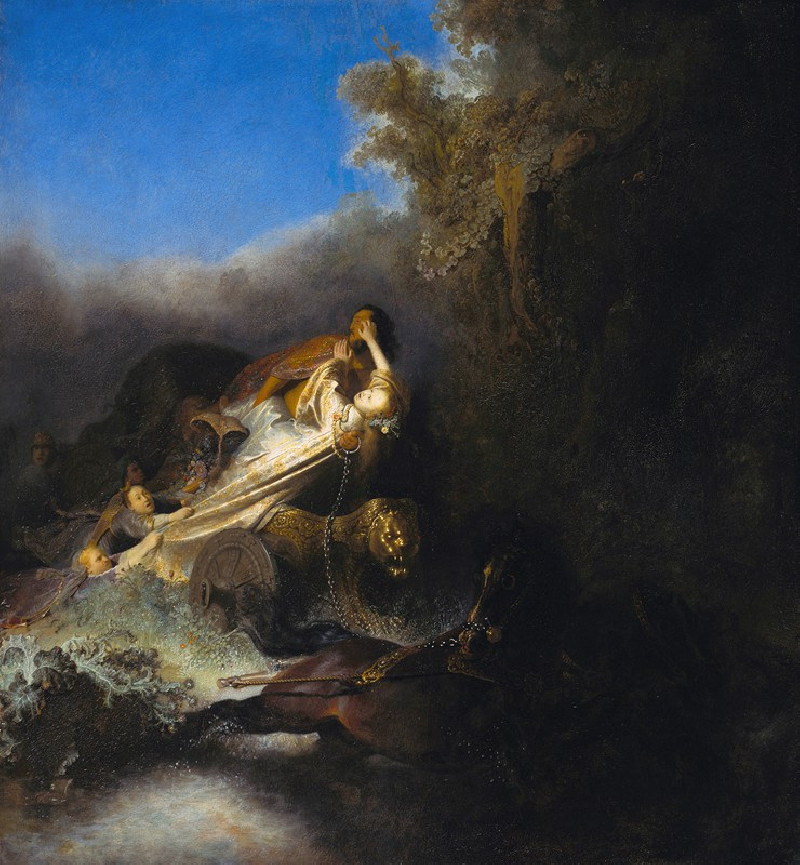

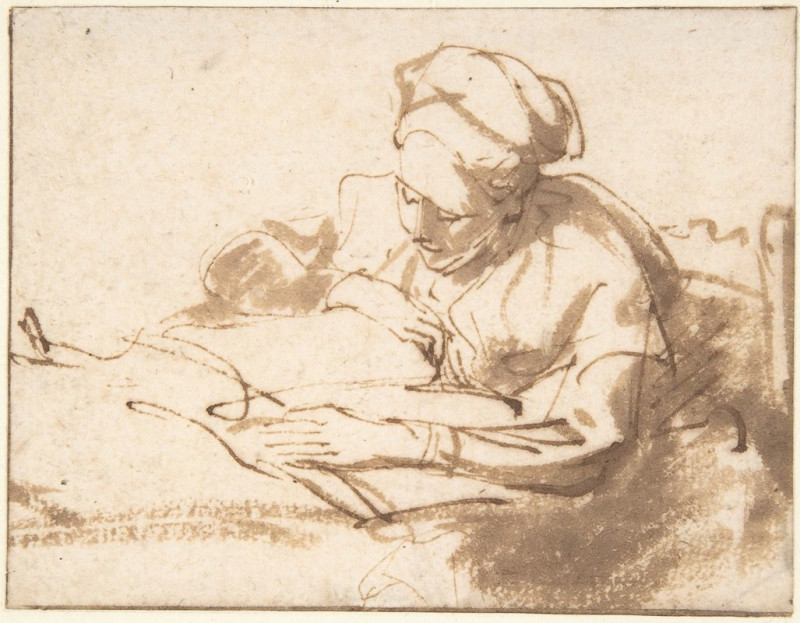
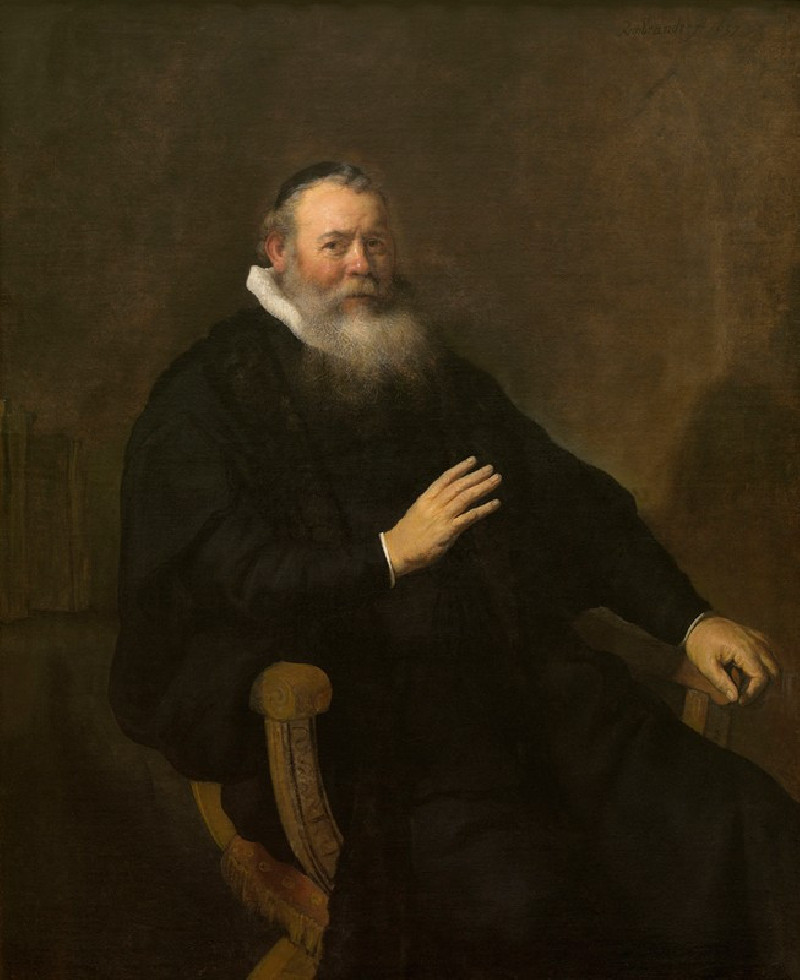
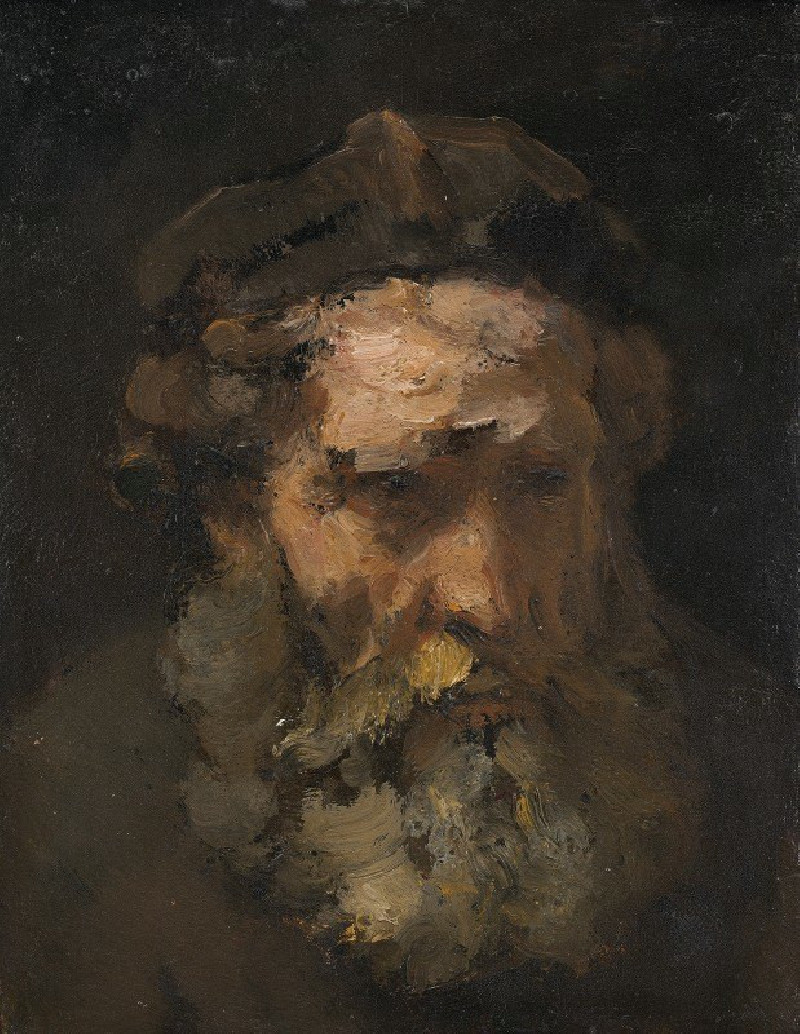
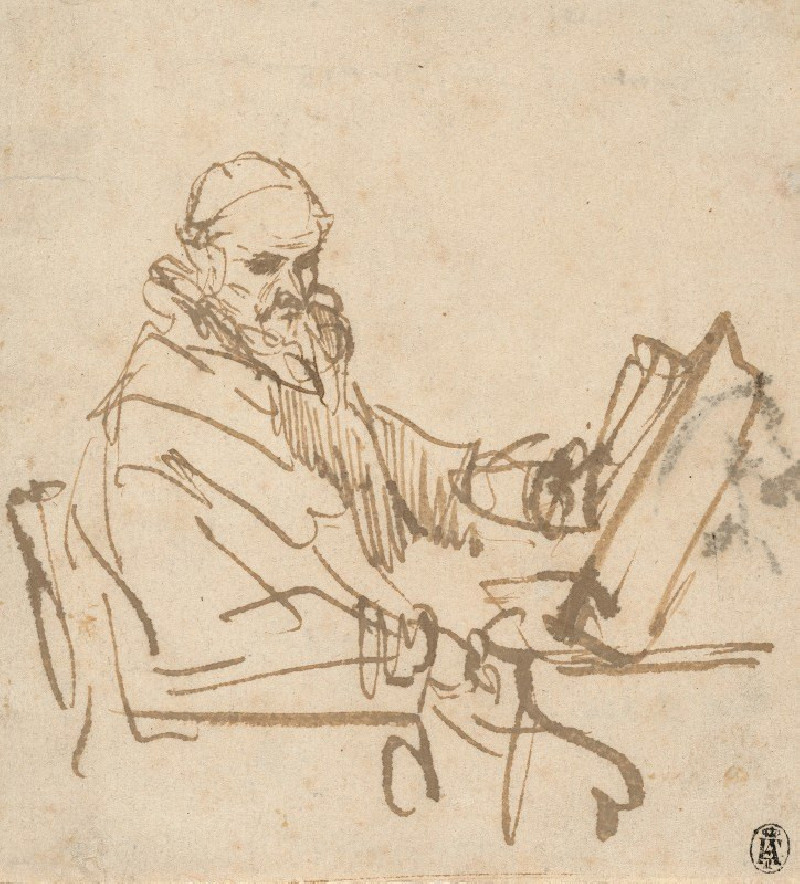
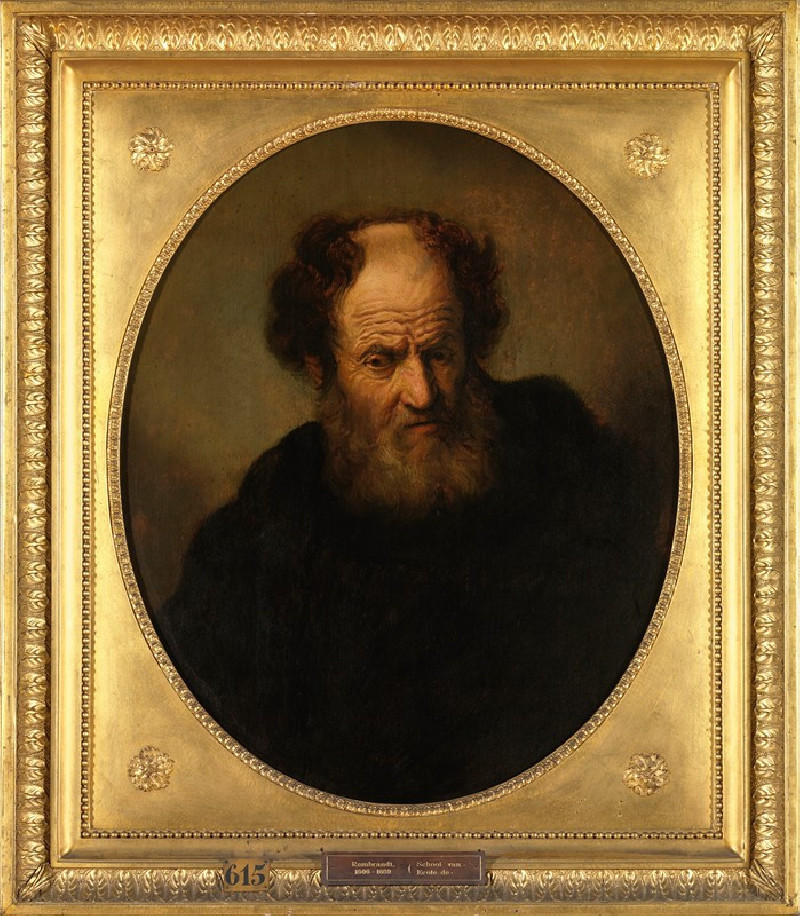
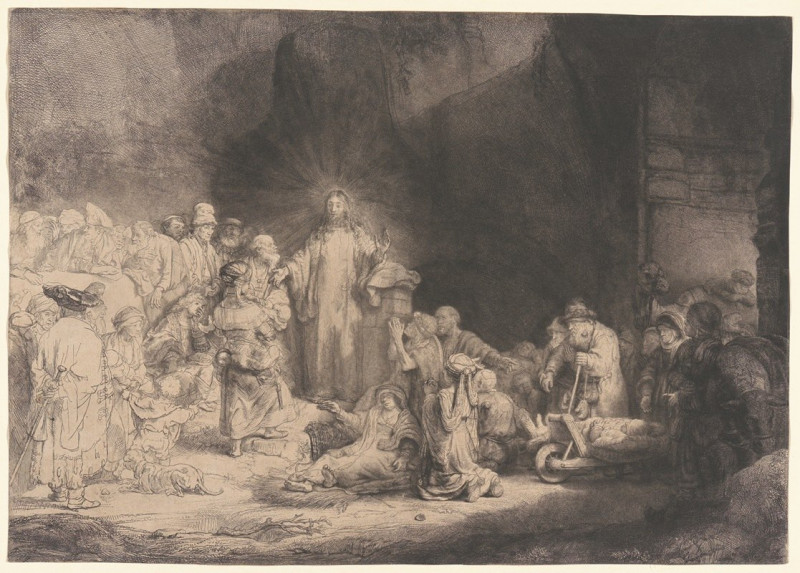
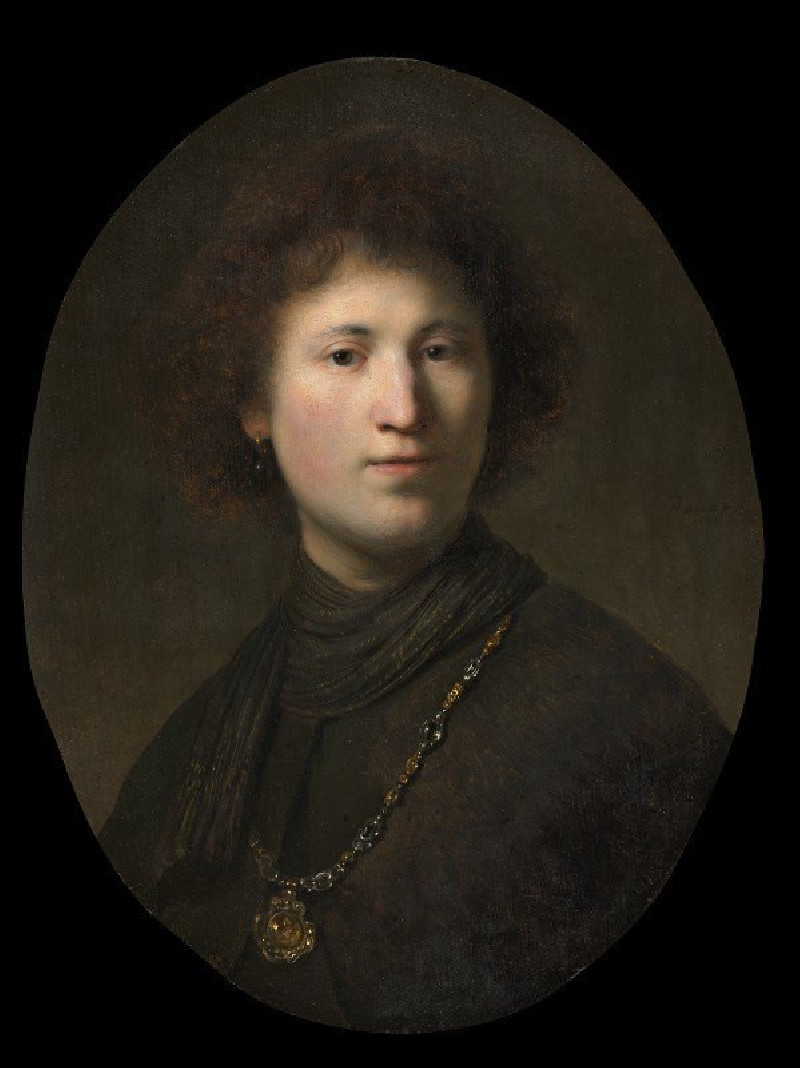
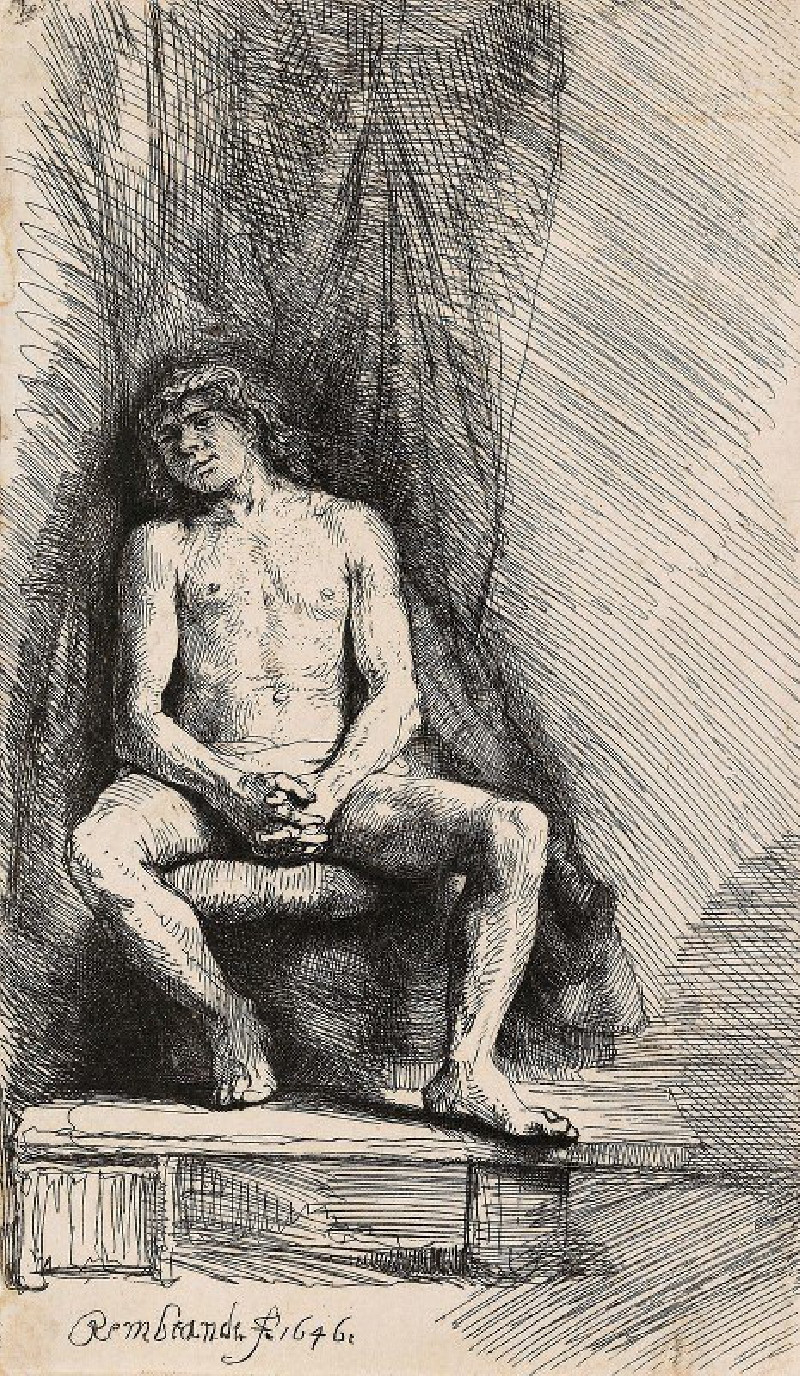

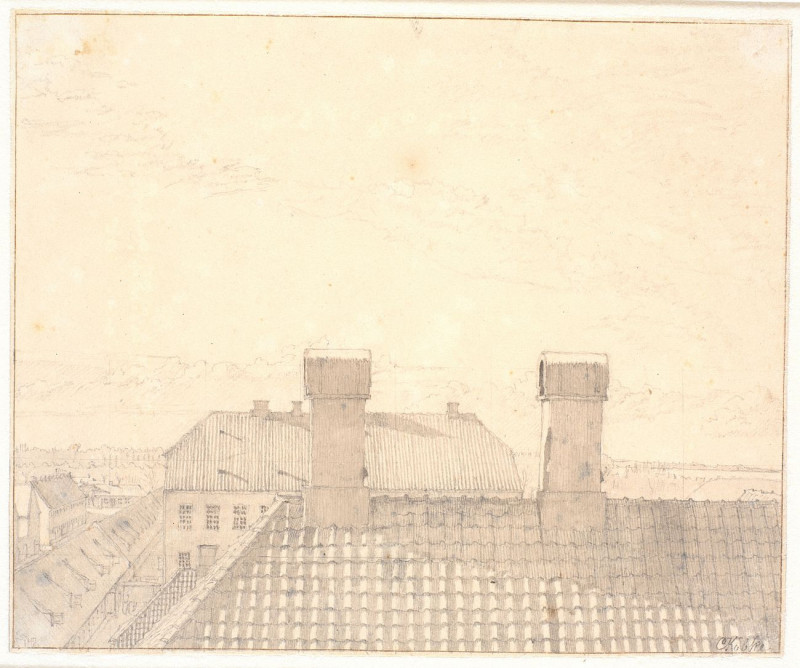
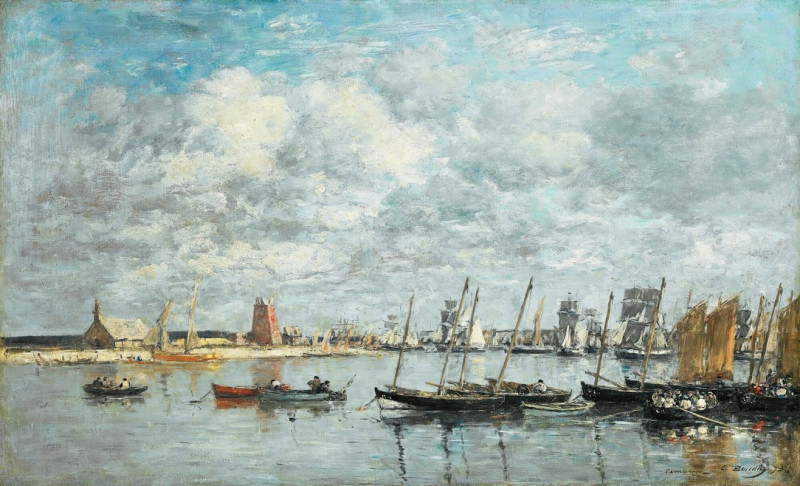
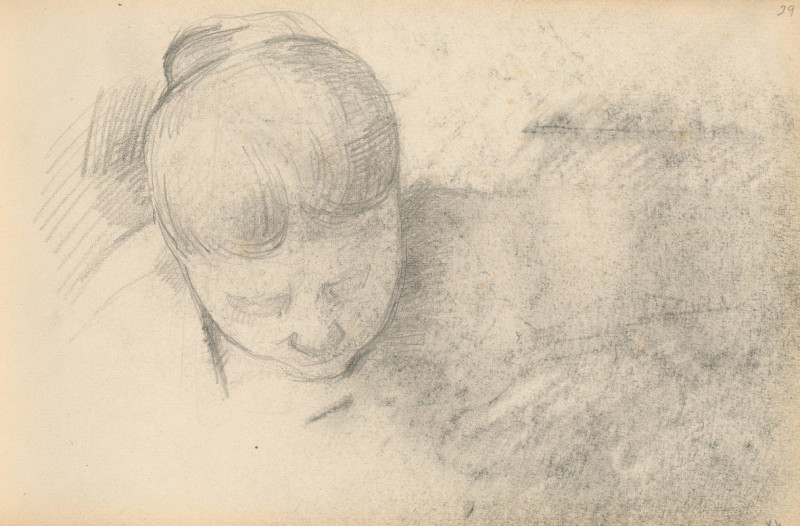
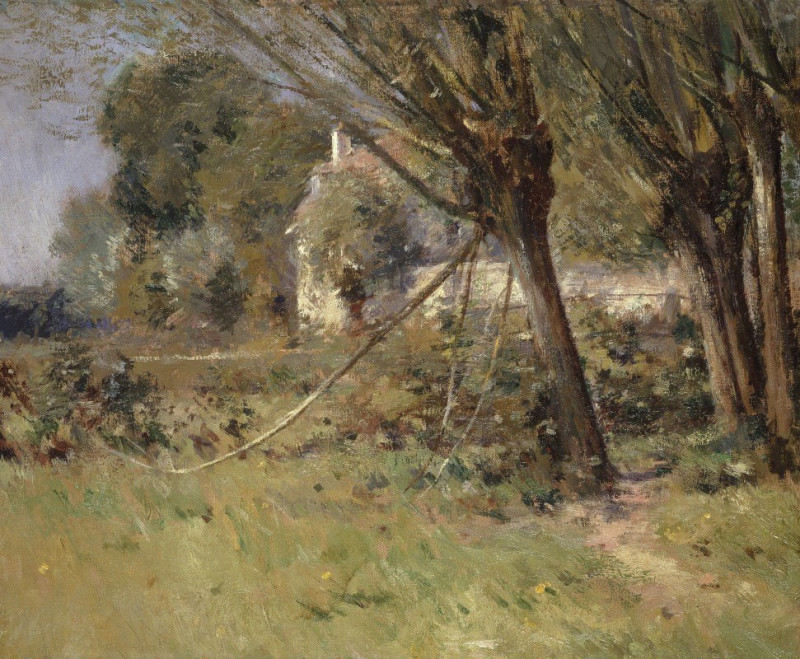

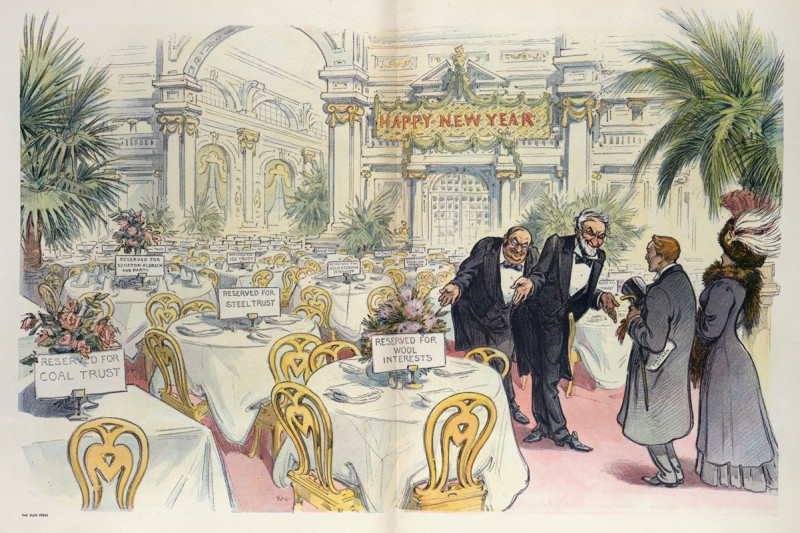
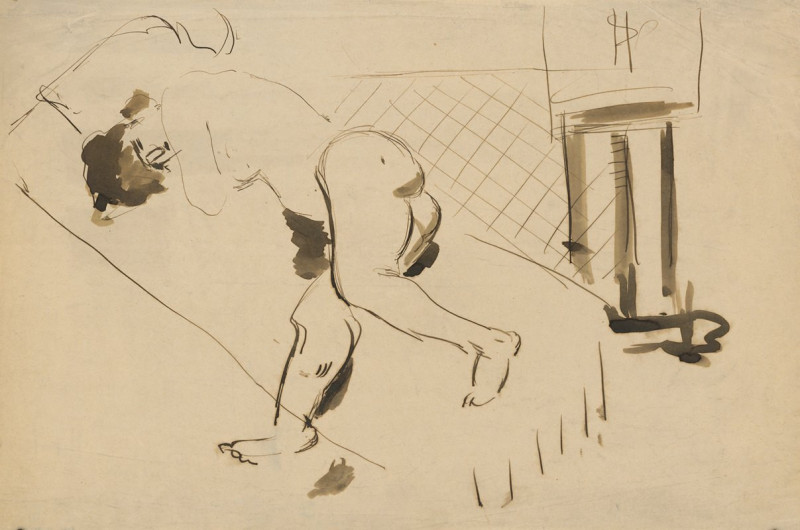
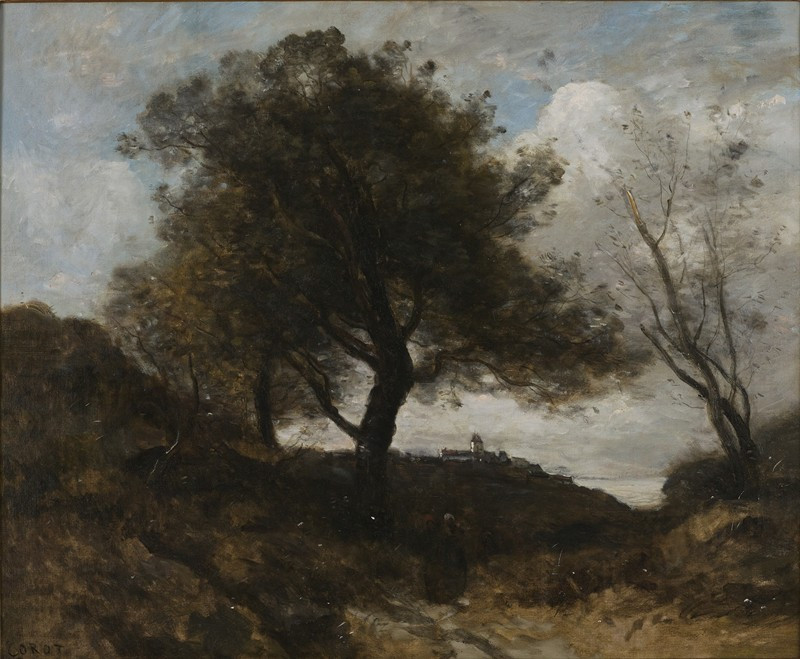
![Temple of Edfou [Idfû], ancient Appolinopolis, Upper Egypt. (1846-1849) reproduction of painting by David Roberts. ALL GICLEE...](https://reprodukcijos.lt/39162-large_default/reproduction-of-temple-of-edfou-idfu-ancient-appolinopolis-upper-egypt-1846-1849.jpg)
